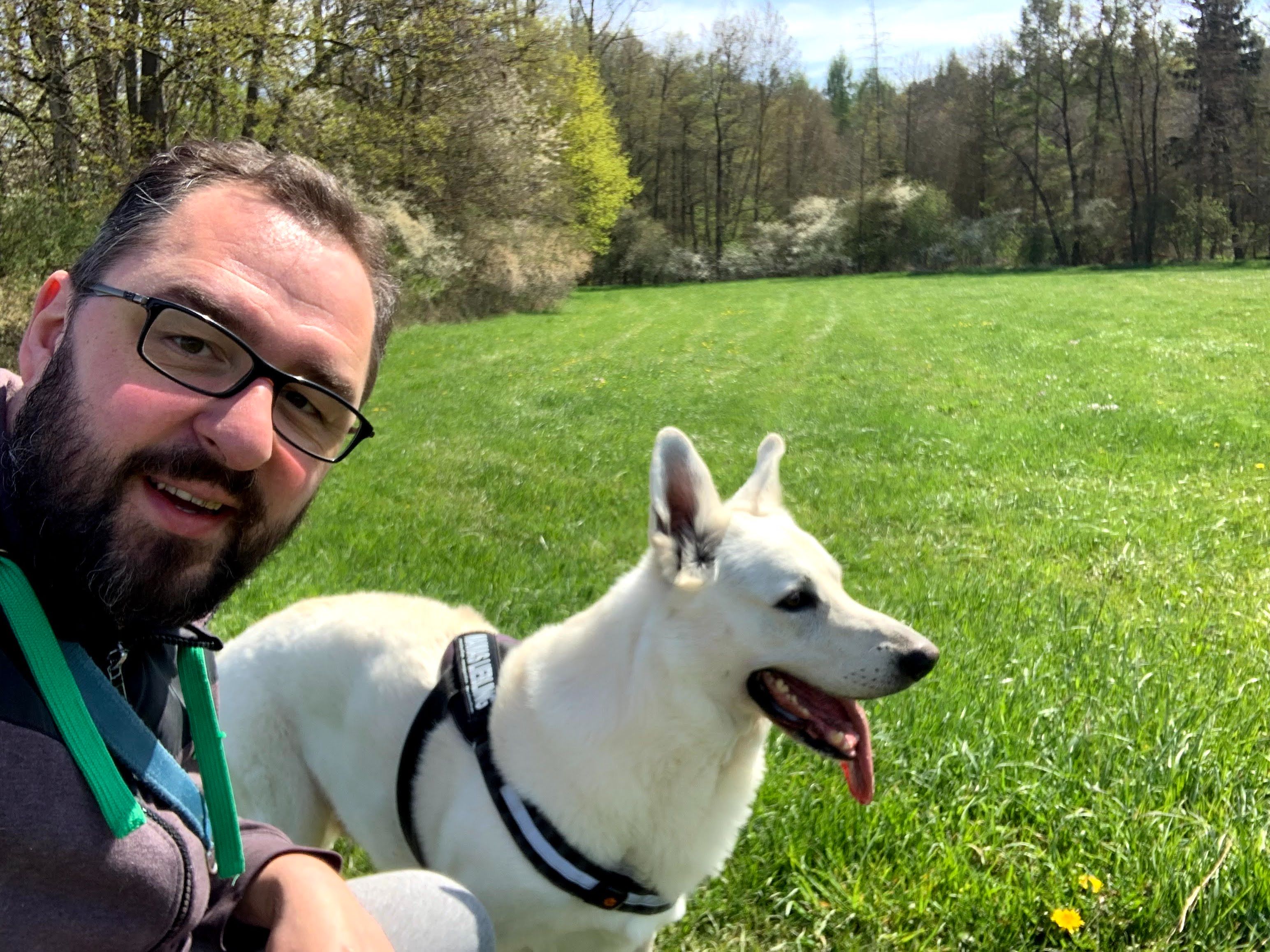1,946 reads
How to validate Kubernetes YAML files
by
October 18th, 2021
Audio Presented by

Multi-cloud is real, Microservices are hard, Kubernetes is the future, CLIs are good.
About Author
Multi-cloud is real, Microservices are hard, Kubernetes is the future, CLIs are good.